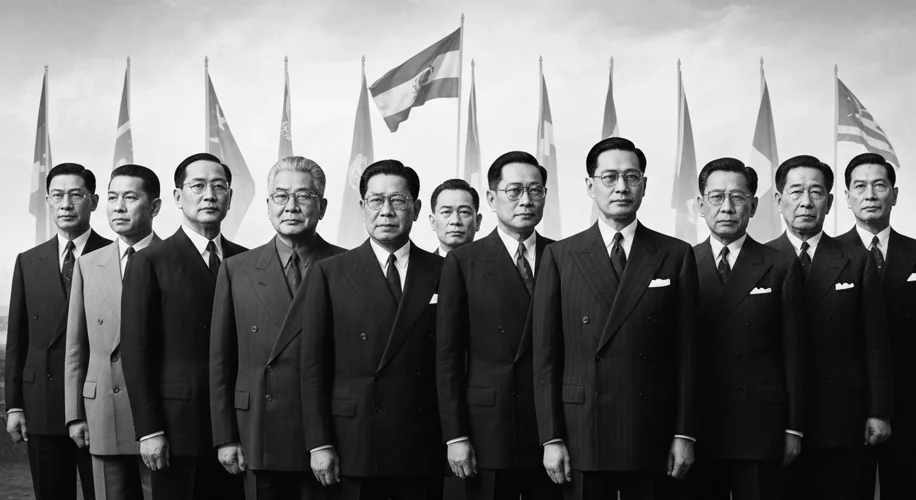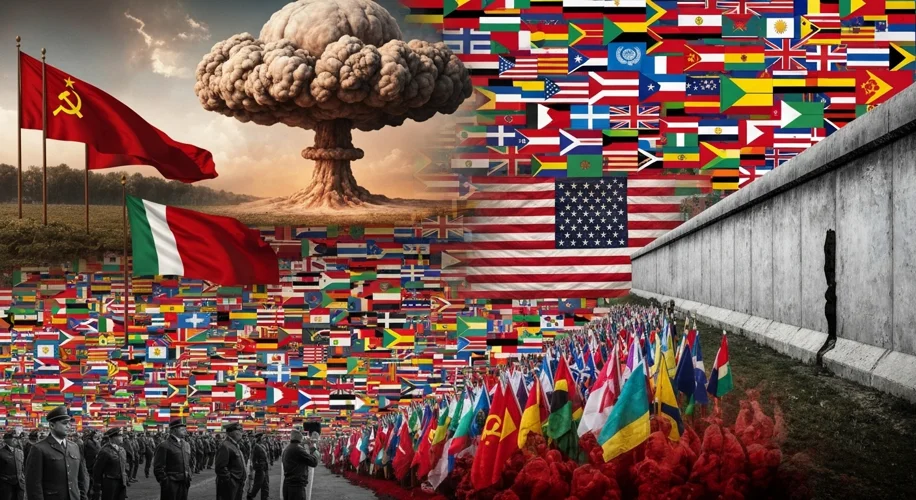The mid-20th century was a time of stark division. The world, freshly emerged from the ashes of World War II, found itself caught in the icy grip of the Cold War. Two colossal superpowers, the United States and the Soviet Union, stood poised against each other, each commanding a sphere of influence and ideological dominance. For many newly independent nations, however, the prospect of aligning with either bloc was not freedom, but a different form of subjugation.
This was the crucible in which the Non-Aligned Movement (NAM) was forged. Emerging from the fervor of decolonization, NAM represented a bold assertion of sovereignty, a declaration that newly liberated states would chart their own course, independent of the bipolar dictates of Washington and Moscow. It was a movement born of necessity, a refusal to be mere pawns in a global game of chess.
The Seeds of Independence: Post-War Disillusionment
The end of World War II saw a wave of liberation sweep across Asia and Africa. Colonial empires, weakened by the war, crumbled, giving birth to a host of new nations. These countries, however, inherited economies scarred by exploitation and faced the daunting task of nation-building. They were acutely aware of the dangers of entanglement in the escalating Cold War rivalry. To join either the American-led capitalist bloc or the Soviet-led communist bloc would mean inheriting their conflicts and potentially sacrificing their hard-won independence.

The Architects of Neutrality: Key Figures and Ideals
The intellectual and political foundations of NAM were laid by visionary leaders who recognized the shared challenges and aspirations of the post-colonial world. Jawaharlal Nehru, the first Prime Minister of India, was a central figure. Having witnessed India’s own struggle for independence, he championed the idea of a “third way” in international relations. His vision was echoed by others: Gamal Abdel Nasser of Egypt, Josip Broz Tito of Yugoslavia, Kwame Nkrumah of Ghana, and Sukarno of Indonesia. These were men who had led their nations out of colonial rule and were determined to protect their newfound freedoms.
The Bandung Conference in Indonesia in 1955 is often considered the spiritual birthplace of NAM. Representatives from 29 Asian and African countries gathered, articulating principles that would guide the movement: mutual respect for sovereignty and territorial integrity, non-aggression, non-interference in internal affairs, and equality. Crucially, they pledged to promote peaceful coexistence and cooperation, a stark contrast to the confrontational rhetoric of the Cold War.
Navigating the Minefield: NAM’s Stance in the Cold War
NAM’s commitment to non-alignment was not passive neutrality; it was an active pursuit of independence and a challenge to the prevailing global order. The movement provided a platform for its member states to voice their concerns on issues such as decolonization, racial discrimination, economic inequality, and nuclear disarmament. They sought to exert influence by acting as a collective moral and political force on the world stage.
However, maintaining this delicate balance was fraught with peril. NAM members often found themselves pressured by both superpowers to align with their respective blocs. The movement itself was not monolithic; member states had diverse political systems, economic interests, and ideological leanings. This internal diversity sometimes led to disagreements and hampered the collective action of the group.
For instance, during the Cuban Missile Crisis in 1962, a period when nuclear annihilation seemed imminent, NAM members were deeply concerned but found it difficult to articulate a unified response that could genuinely mediate between the superpowers. The challenge was to remain non-aligned without appearing indifferent to the existential threat.
Impact and Legacy: A Voice in the Wilderness?
Despite its internal challenges and the immense pressure from the Cold War giants, NAM played a significant role in shaping global politics. It gave a collective voice to a majority of the world’s population at a time when their perspectives were often marginalized. The movement contributed to the decolonization process by advocating for self-determination and challenging the legitimacy of colonial rule.

NAM’s advocacy for nuclear disarmament resonated globally, putting pressure on the superpowers to curb their arms race. Furthermore, it provided a framework for economic cooperation and development among its member states, fostering South-South cooperation as an alternative to reliance on the developed world.
While the end of the Cold War in 1991 altered the geopolitical landscape, NAM did not disappear. It continues to exist, albeit with a modified role, seeking to address contemporary global challenges such as poverty, climate change, and terrorism. Its legacy, however, lies in its audacious assertion of independence during a time when the world seemed destined to be divided into two warring camps. The Non-Aligned Movement stands as a testament to the enduring human desire for self-determination and the pursuit of a path that is truly one’s own, even when that path leads through the heart of a global storm.

